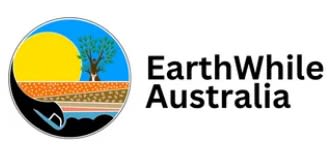Case Study: Tarallcaral
Regenerative Beef Farming in Dandaragan
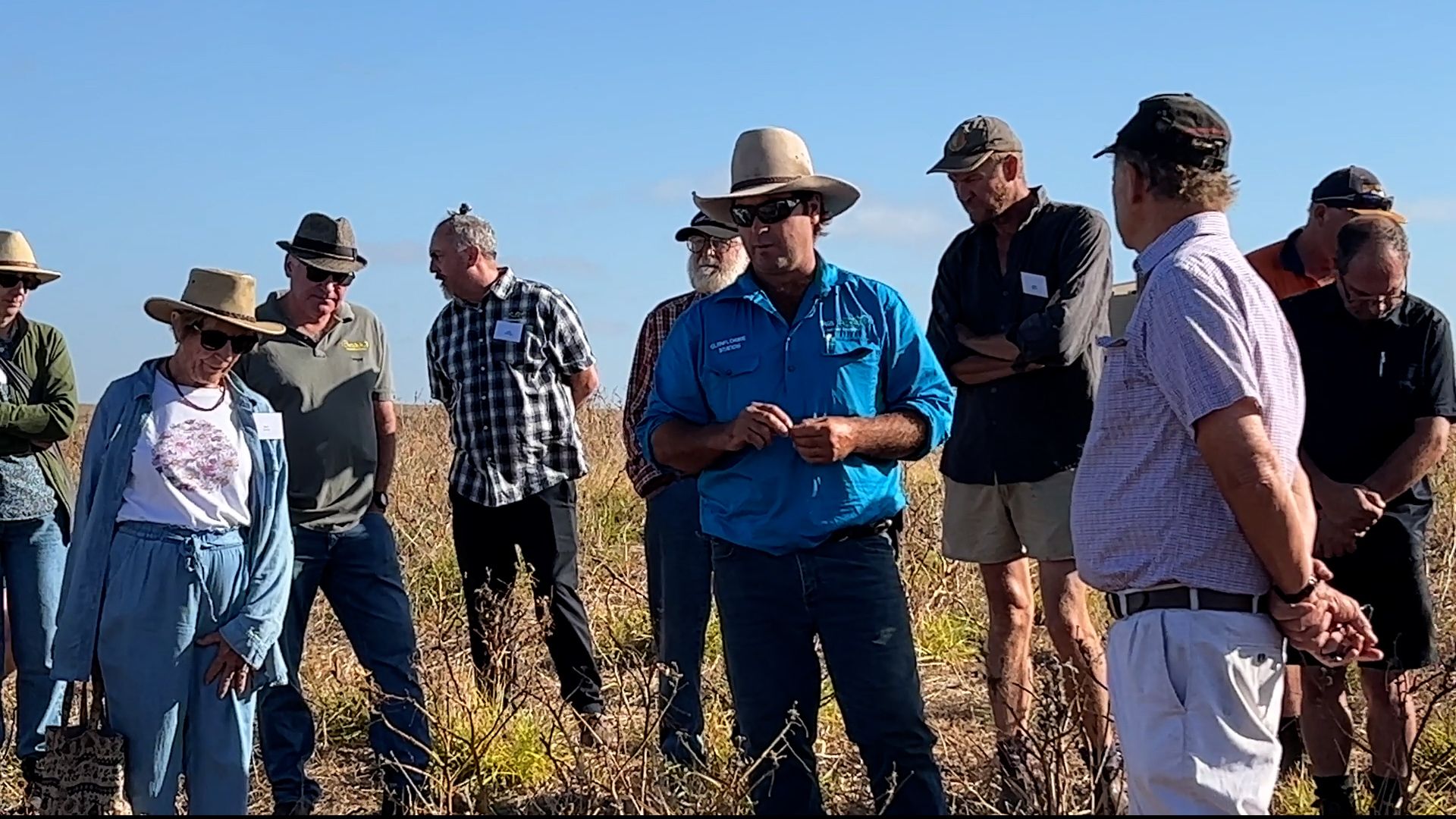
In February 2023, Dr. Christine Jones toured Perth and the south west of WA hosting workshops and masterclasses to share her insights and knowledge on building soil health.
The workshops and masterclasses were supported by the Department of Primary Industries & Regional Development in a collaboration between the Lower Blackwood LCDC, Torbay Catchment Group, Perth NRM/RegenWA, Earthwhile Australia, Wilson Inlet Catchment, The Serpentine Jarrahdale Food and Farm Alliance (SJFFA), Oyster Harbour Catchment Group Inc, South Coast NRM, Galloway Springs and the Department of Primary Industries and Development Perth Hills and Swan Valley Project.
Roadshow Case Studies
As part of the roadshow activities, a series of case studies have been developed to share the journeys of local farmers following regenerative agriculture principles. These farmers have candidly shared their experiences - highs and lows - hoping that they can help other farmers along the way.
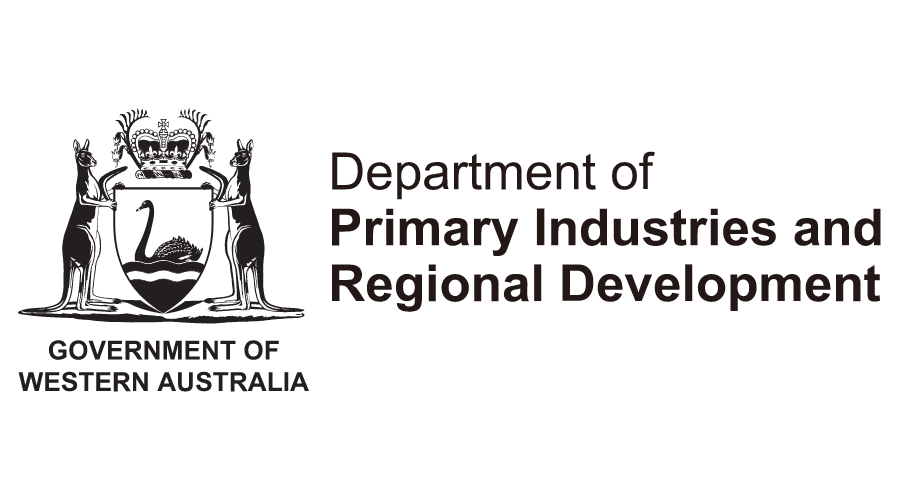
TARALLCARAL
'Tarallcaral' is a family owned and operated beef business which is part Glenflorrie Brahmans. The beef business has a station in the Pilbara and two backgrounding properties in the West Midlands region.
Based in Yathroo (Dandaragan) with his wife Adele, daughter Odelia, and sons Jack and Jesse, Murray Grey is the Managing Director of Glenflorrie Brahmans, a family-owned and operated beef business. The Grey family has been in the pastoral industry for five generations.
FARM FACT FILE
FARM NAME: Tarallcaral
STOCK: Tarallcaral is mostly for backgrounding and finishing pastoral cattle from Glenflorrie in the Pilbara and other properties opportunistically.
The family also runs 100 breeders (80 cows and 20 replacement heifers) and share-farms with Adelle's father who has a herd of 150 Angus/Red Angus/Murray Grey breeders.
Their cattle are predominantly Brahman, with some Bos Taurus crosses.
OWNERS: Murray and Aticia Grey
LOCATION: Dandaragan, a small town in the Wheatbelt region of Western Australia, just over 2 hours north of Perth
SIZE: 2300 hectares
WATER: 3 aquifers
CLIMATE: Dandaragan has a Mediterranean climate. Summers are hot and dry (can reach 40c) and mild winter. The average annual temperature is 26° degrees and there is about 165 mm of rain in a year. It is dry for 262 days a year with an average humidity of 59% and an UV-index of 5.
LIVESTOCK: Brahmans Cattle
SOIL TYPE: Coarse white non-wetting sand
BACKGROUND
Murray and Aticia Grey bought 'Tarallcaral', the property the farm in 2017. They had started farming in the area back in 2004 on the adjoining property to the west.
Regen Test Paddock
The details below outline the status of the test paddock in February 2023.
Murray has identified a 'test paddock' for his regen journey. This gives him an opportunity to explore the principles without significant impact on his current farming business.
Initially the test paddock was bare, with no prior records of any cropping being undertaken in it. It was initially partially cleared, then planted with perennials, predominantly panic grass and some rhodes grass in 2017 - primarily to stabilise the soil.
In 2021 and 2022 a multispecies winter cover crop was planted over the perennials as a test case (8 or 9 species). The mix included vetch, clovers, rye grass, barley, triticale, oats. Blue lupins were already present in the paddock.
2022 was a fairly good, long season, and the weather broke in March and rained through to November. Although this was a good result, the bumper season made it an anomaly which was impossible to compare to other years.
However, initial reviews of the soil show a greater root density and improved soil structure. The soil aggregates will retain moisture and reduce erosion as the winter winds whip across the paddock.
An initial dig into the soil showed that roots from the multispecies mix were punching down to 600/700mm before hitting gravel - but this was already having a positive impact on soil cohesion.
The trial paddock was planned out in 2019.
Grazing
187 mature cattle (around 400 kilo average) went through the test paddock in October 2022. They ran through for about 13 days and it was rested after that. Murray explained that he felt the turnaround response time was good - there had been rain in November (approx 24ml) which was great for the perennials. The cattle trampled the ground pretty hard and took out a fair bit of the dry forage.
From November to February there had only been 7ml of rain, so Murray was hoping for a seed set soon.
He's wating for another rain event, then he'll consider another graze around the start of April.
GOAL: to create a year round growing environment and make the most of the year round growing cycle
Root Systems
During the field walk, Ellen Walker, Managing Partner of EarthWhile Australia, analyses the root systems of the pasture on the test paddock.
Some of the perennial grasses could reach a root depth of 700mm if there aren't any layers or impediments underneath - creating a significant structure to hold soils together and retain moisture.
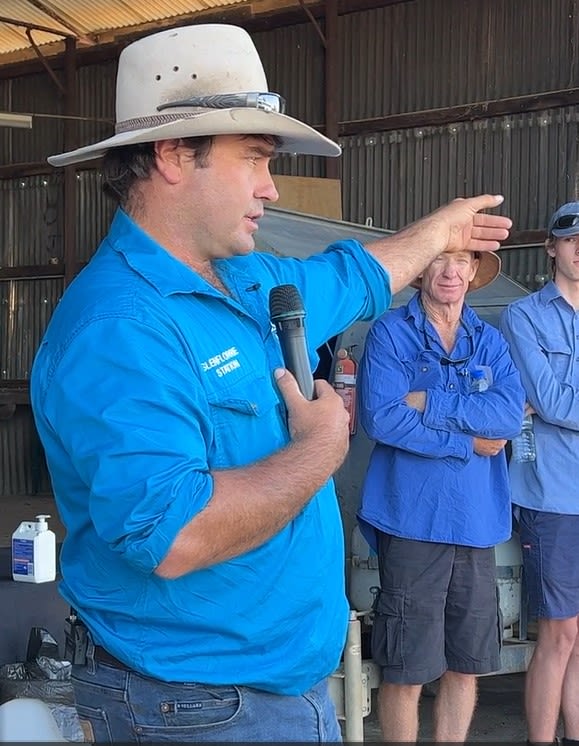
Murray Grey
Murray Grey
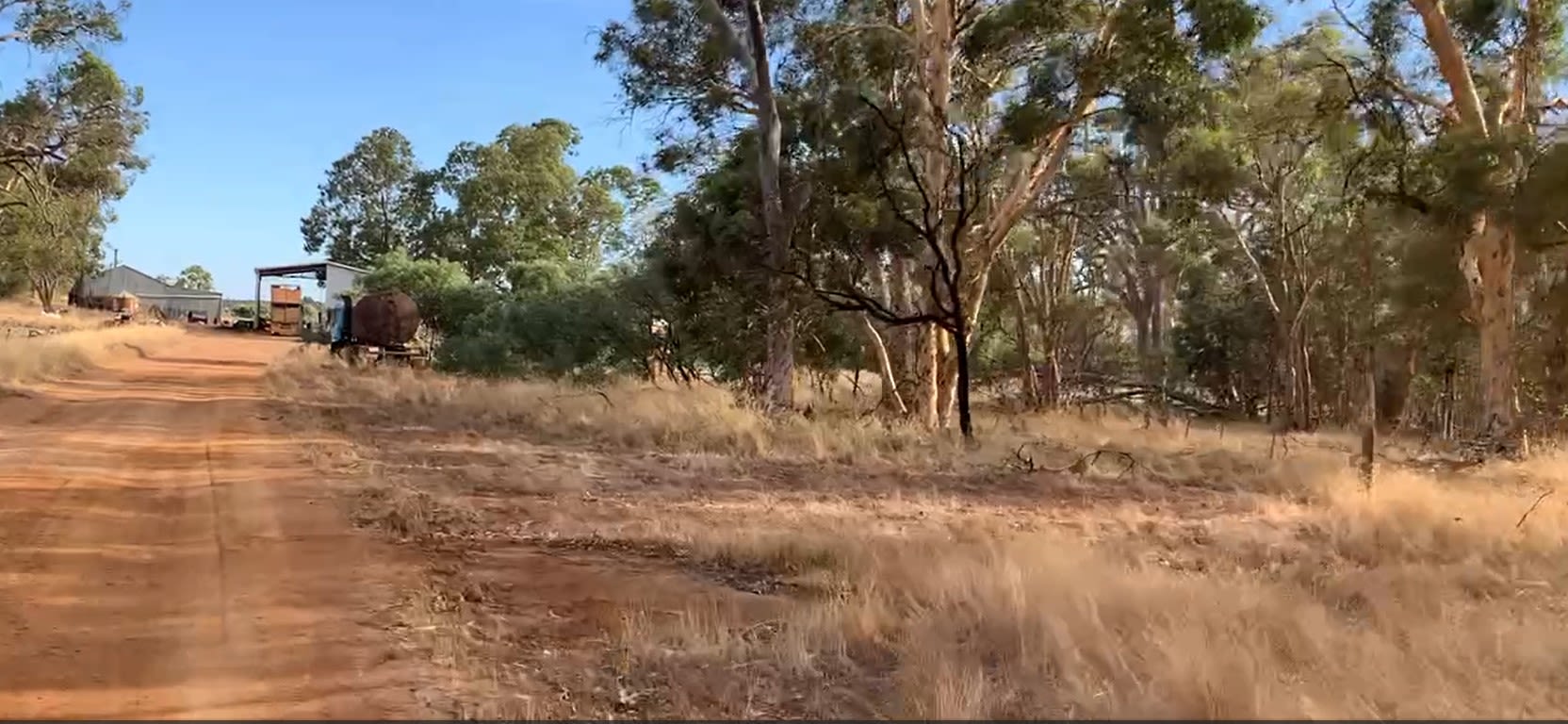
Entrance to the farm
Entrance to the farm
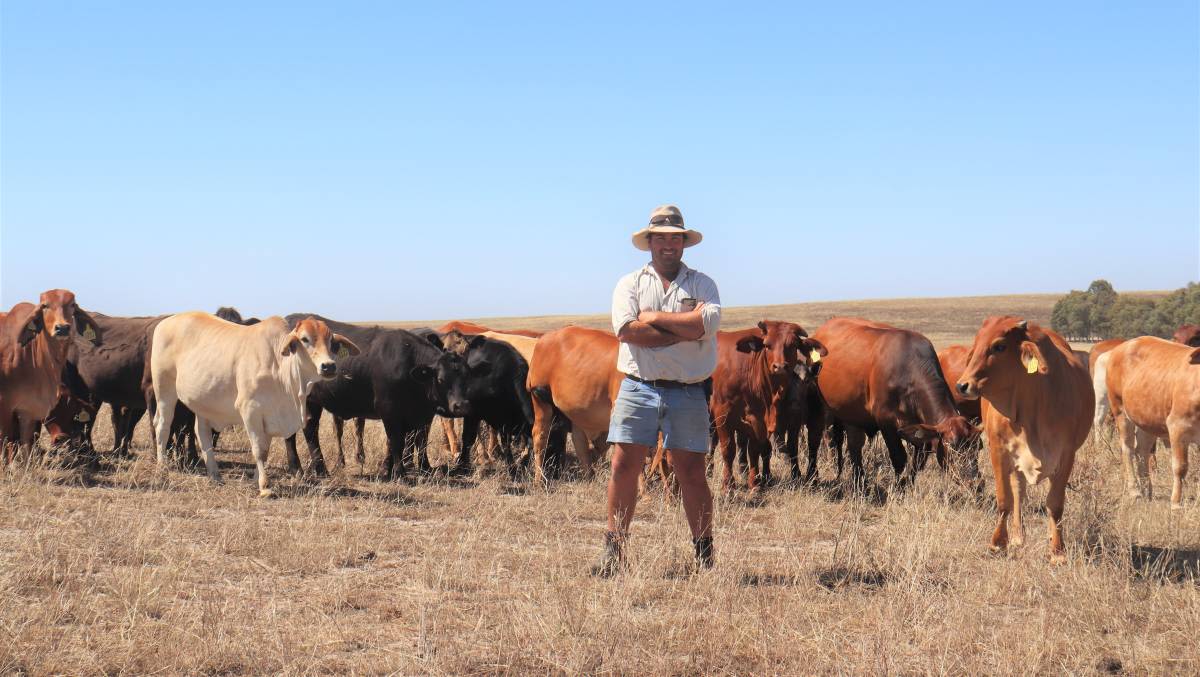
Murray Grey with Brahmans Cattle (image from Farm Weekly)
Murray Grey with Brahmans Cattle (image from Farm Weekly)
Measurement
"You can't manage what you can't measure" - Murray
Murray has a monthly pasture assessment program. He measures stock rates per hectare for the days that the animals are in a paddock, the number of animals that are there and what scale those animals are. He uses a large stock unit which is roughly the equivalent to 7 DSE. For him, a mature animal of 450 kg is equal to one LSU.
He also measures live weight gain.
The animals are weighed every four to eight weeks. That gain is allocated to the paddocks that they were in for the period of time they were there to give a 'live weight gain per hectare'.
Production Data: 42ha Trial Paddock
Grazing Production (15/6-31/12/2022):
3 grazes with an average 30 day rest period between
5,972 LSU Stock Days/41,804 DSE Stock Days total
142 LSU SD/ha /994 DSE SD/ha
39.44 LSU SD/ha/100mm rain /276 DSE SD/ha/100mm rain
5,193kg Live Weight Gained = 123.6kg/ha
$5,152 2022 input costs
$16,753 production value = $398.88/ha
CHALLENGES
Water
Water is scarce on the farm - there is a long-term non wetting soil profile issue. Although Murray is keen to keep soil disturbance to a minimum, he recognises that some light ploughing may be essential. However, he's keen to explore a biological solution that could break through the waxy coating that repels moisture.
Murray explains the challenge of non-wetting soils
Mycorrhizal Fungi and Water Management
Some of the native landscape is still green - possibly due to the mycorrhizal fungi which can reach down to 20m below the soil surface. The native mycorrhizal fungi can bring water from incredible distances - so as long as there's water down there somewhere, they will find it. They are the life source for the native flora allowing it to survive even in such a harsh and seemingly water-deprived area.
The common problem is that when native vegetation is cleared, so are the powerful mycorrhizal connections.
Introduced plants with their added fertilisers and innoculants are disconnected from this vital water superhighway.
But time is a great healer. Even 40 years after the indigenous plants have been cleared those mycorrhizal connections can survive.
This short video gives a simple explanation of how mycorrhiza work:
Sourcing Seed
Murray admits that sourcing bulk seed for a multi-species mix can be a challenge, particularly Tall Wheat Grass, Buckwheat, forage Triticale, Chicory, Sunflower etc. Although Murray's go-to seed company has expanded its range and he is able to find most of what he needs there, it can still be quite expensive as it is in relatively low supply.
Advice
Measure and Monitor
Although gut feel is important, so is hard data. Record what you see happening in your paddocks so you have a genuine record of your progress and have that data to fall back on if you need it.
DPIRD Stocking Rates info available here.
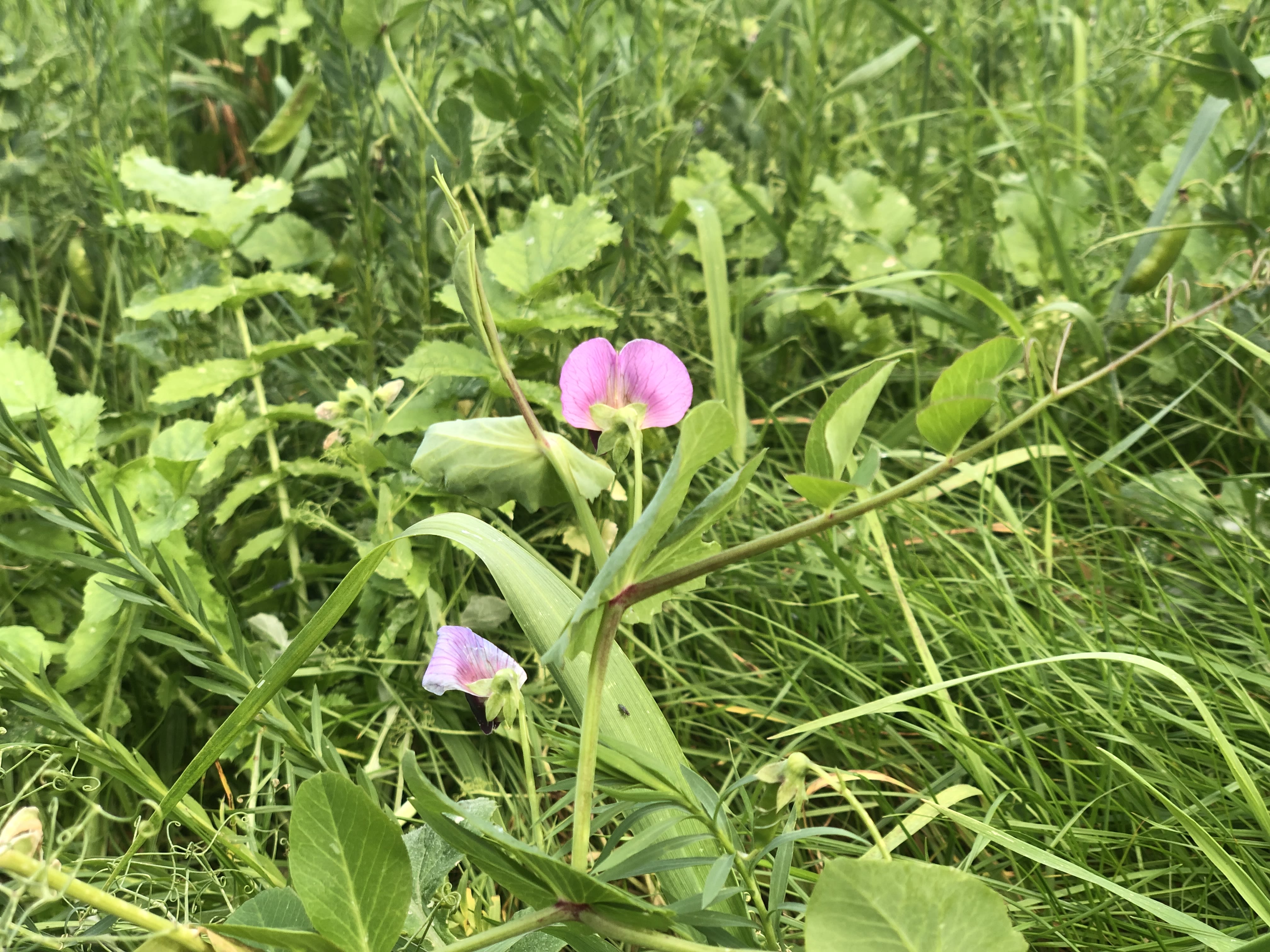
Species Diversity
Include more plant families in the multi-species mix. Murray admits that he's been playing safe with the grasses he's selected for his mix, and is determined to introduce more plant families in the next seeding.
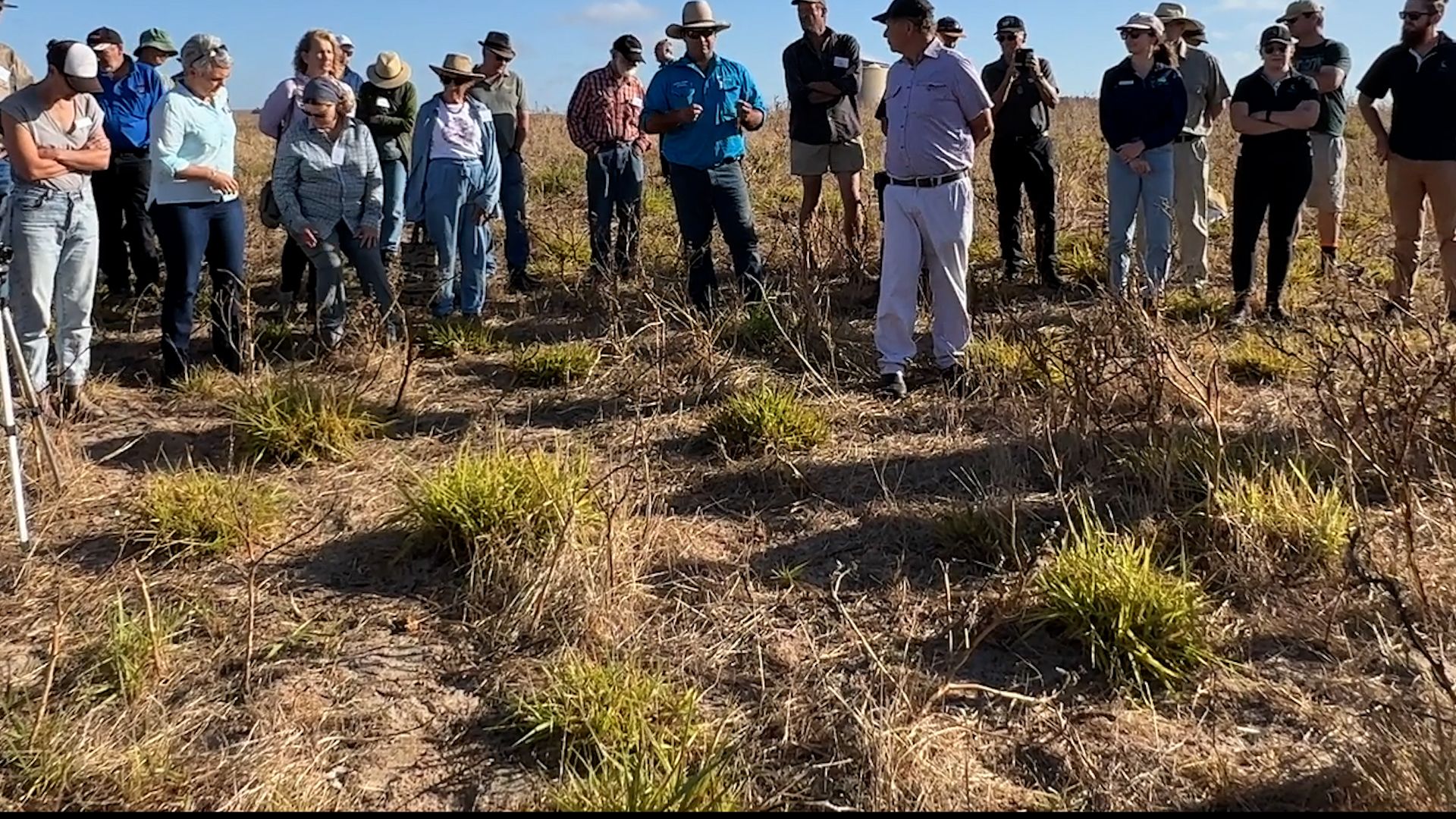
Stand by your Convictions
Even if you don't get the results you expect immediately, stick with it. Even if it doesn't look like things have worked, it's worth hanging in there. The seed bank is growing, even if you can't see it. It may not come up immediately, but even what looks like a 'failed' crop could ultimately be a success.
Next Steps
Murray is keen to continue his regen journey:
This article was produced by Talkin' After Hours, the Lower Blackwood Landcare's Online Community Forum & Information Hub.
